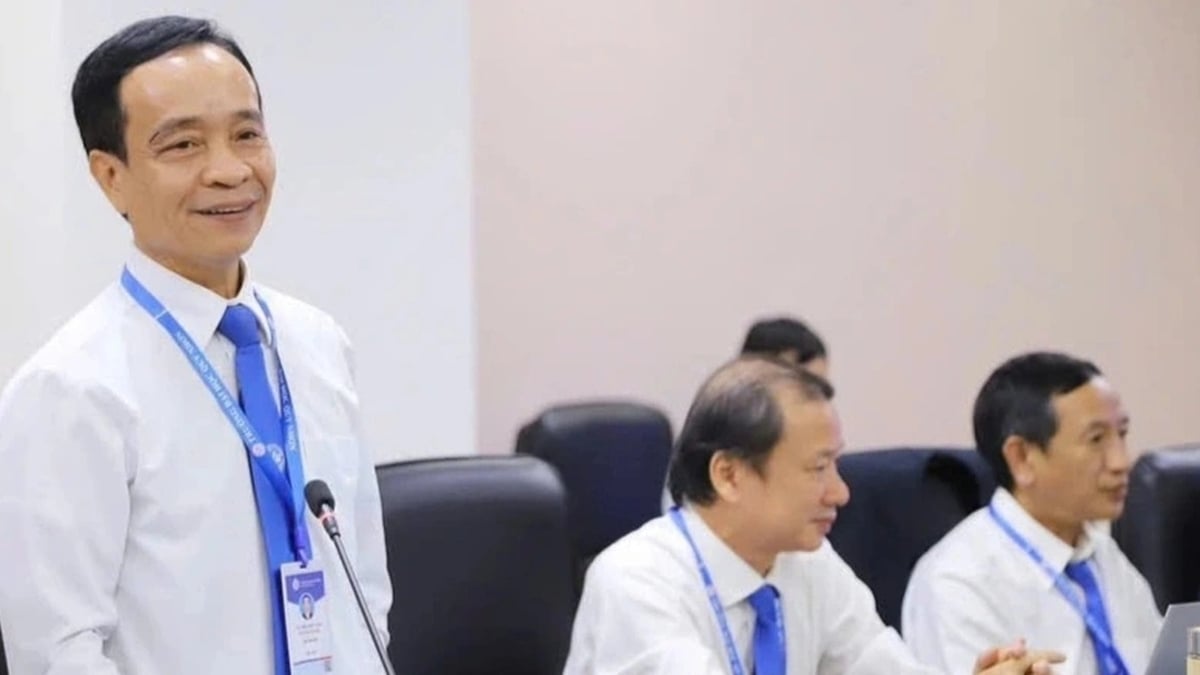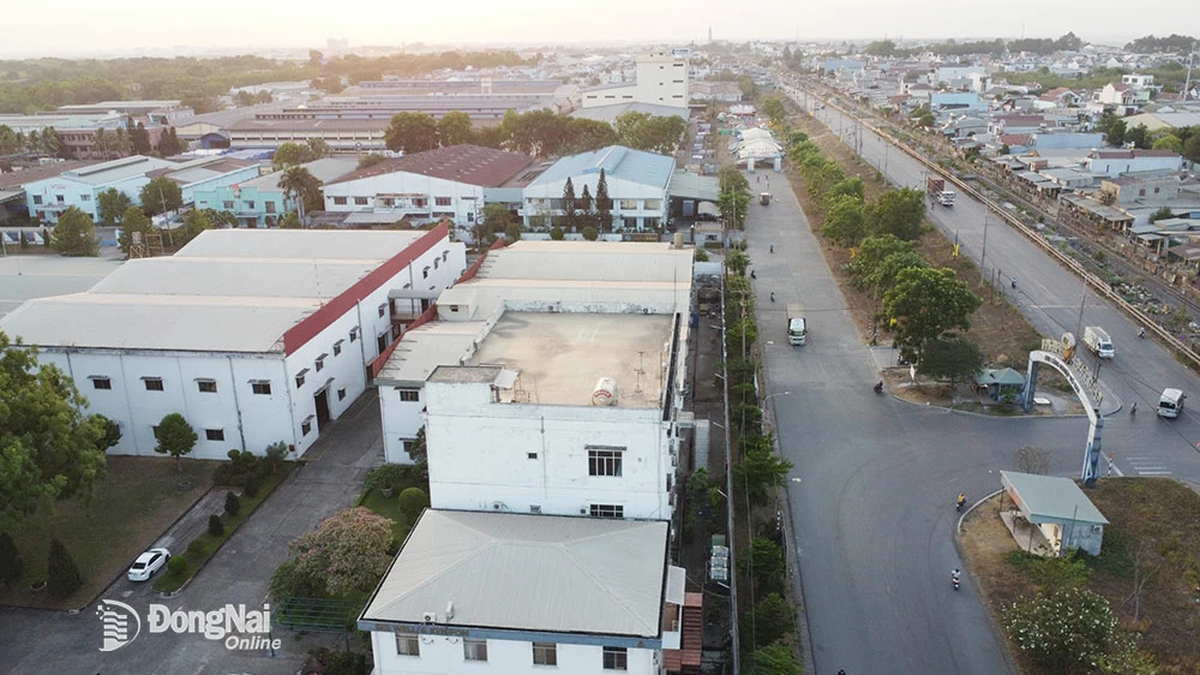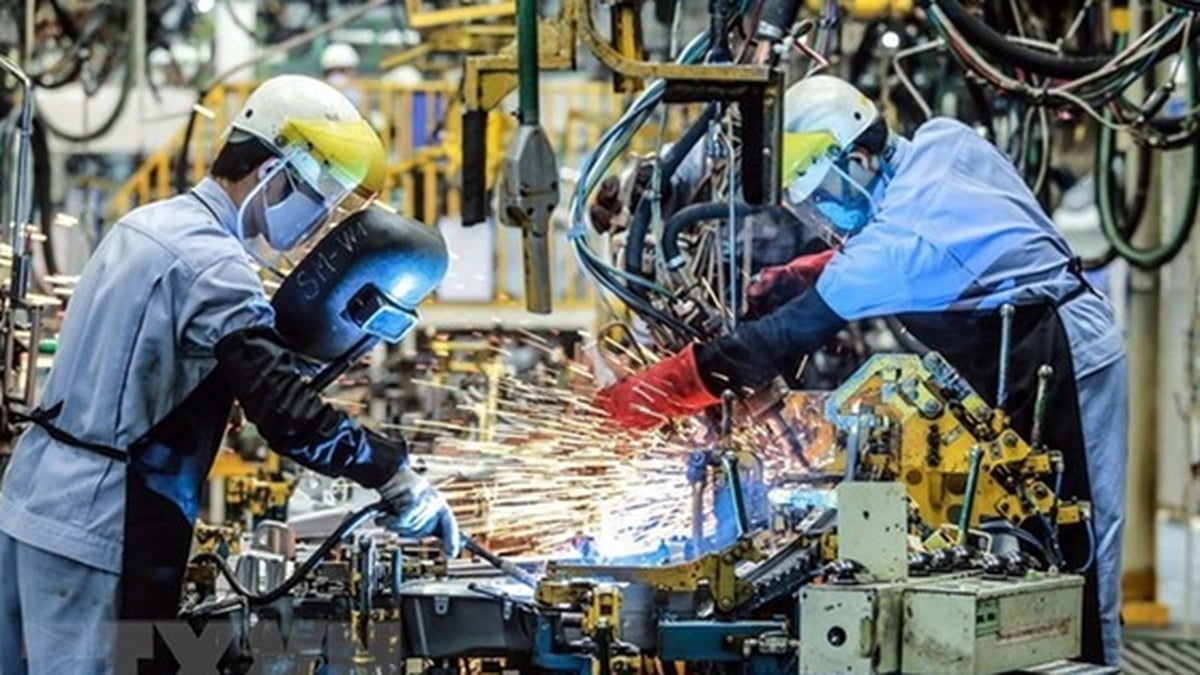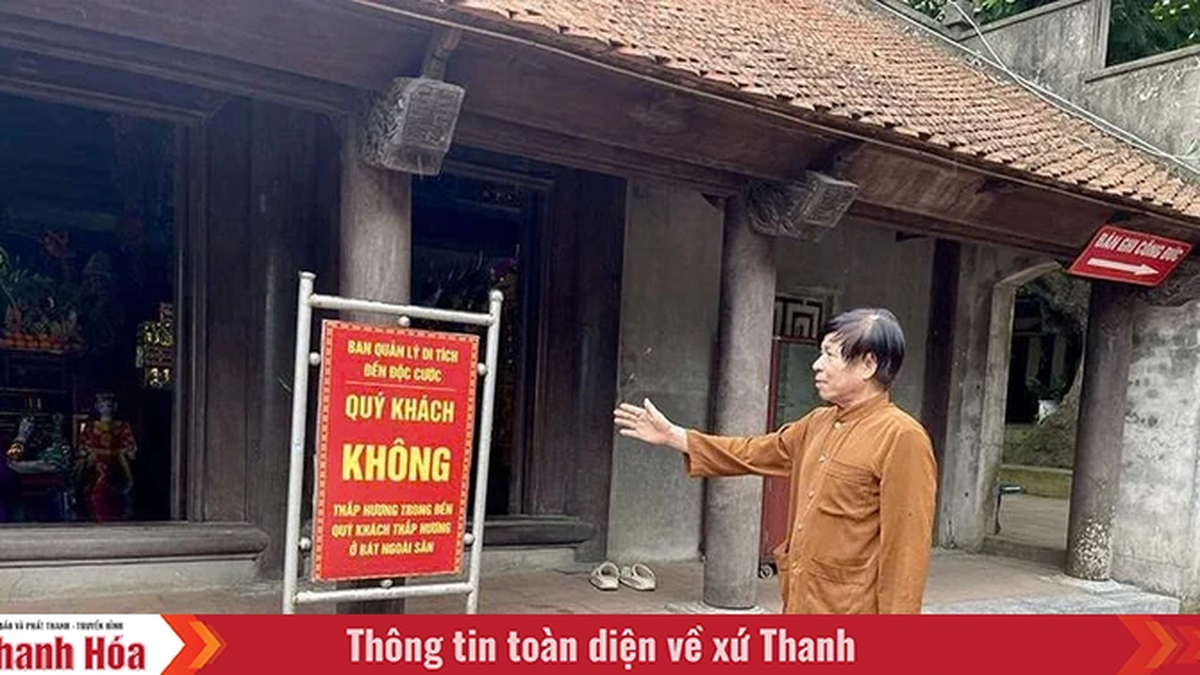Using AI to build 10 large nuclear reactors in the US
Westinghouse interim CEO Dan Sumner has announced plans to build 10 AP1000 nuclear reactors in the US, with construction expected to begin before 2030. Each reactor can provide electricity to more than 750,000 homes.
The project is estimated to generate $75 billion in economic value across the United States and $6 billion in Pennsylvania alone. Westinghouse is partnering with Google to use artificial intelligence to make the AP1000 construction process more efficient.

Plant Vogtle nuclear power plant in Waynesboro, GA, USA (Source: CNBC)
The construction of nuclear reactors in the US is supported by the administration of President Donald Trump. Previously, the US President issued four executive orders aiming to have 10 nuclear plants built in the country by 2050, and at the same time requested a comprehensive revision of the regulations of the Nuclear Regulatory Commission.
In the past 30 years, the US has only built two new reactors, also the AP1000 type from Westinghouse. However, these projects were over budget by $18 billion and delayed by 7 years, leading to Westinghouse's bankruptcy in 2017.
Apple reduces dependence on Chinese rare earths
Apple will pay $200 million upfront to MP Materials to receive rare earth magnet supplies starting in 2027. This is part of Apple's commitment to invest $500 billion in the US economy over the next four years.
The deal ensures Apple has a stable supply of rare earths that are not dependent on China — the world’s largest producer of rare earths, especially after China restricted exports of these minerals. Apple’s cooperation with MP Materials will help the tech giant with the “bitten apple” logo have enough rare earth magnets to supply for iPhones, Apple Watches, AirPods…

Apple logo at a store in Paris, France (Source: Reuters)
The magnets will be made at a facility in Fort Worth, Texas, from recycled material at the Mountain Pass mine in California, rather than from new mining — in line with Apple's goal of reducing its reliance on the mining industry.
MP Materials shares surged 21% to an all-time high following the announcement, reflecting strong support from Apple and the US government.
Windows 11 gets a new adaptive battery saver mode
Microsoft is testing a new “adaptive” power saving mode that automatically turns on and off based on system load, rather than just remaining battery power. Unlike the current power saving mode, which typically reduces brightness by 30 percent, the new mode doesn’t change brightness at all — making the power saving more “silent.”

Windows 11 will be upgraded to save battery thanks to new features (Source: TheVerge)
When enabled, adaptive mode reduces visual effects, pauses non-critical updates, and limits syncing of apps like OneDrive or OneNote. But adaptive mode chooses the optimal time to activate without affecting the visual experience.
This feature is being tested via the Windows Insider Canary channel and is expected to appear in Windows 11 later this year.
Source: https://vtcnews.vn/cong-nghe-16-7-su-dung-ai-de-xay-dung-10-lo-phan-ung-hat-nhan-lon-ar954572.html




















































![[Maritime News] More than 80% of global container shipping capacity is in the hands of MSC and major shipping alliances](https://vphoto.vietnam.vn/thumb/402x226/vietnam/resource/IMAGE/2025/7/16/6b4d586c984b4cbf8c5680352b9eaeb0)













































Comment (0)